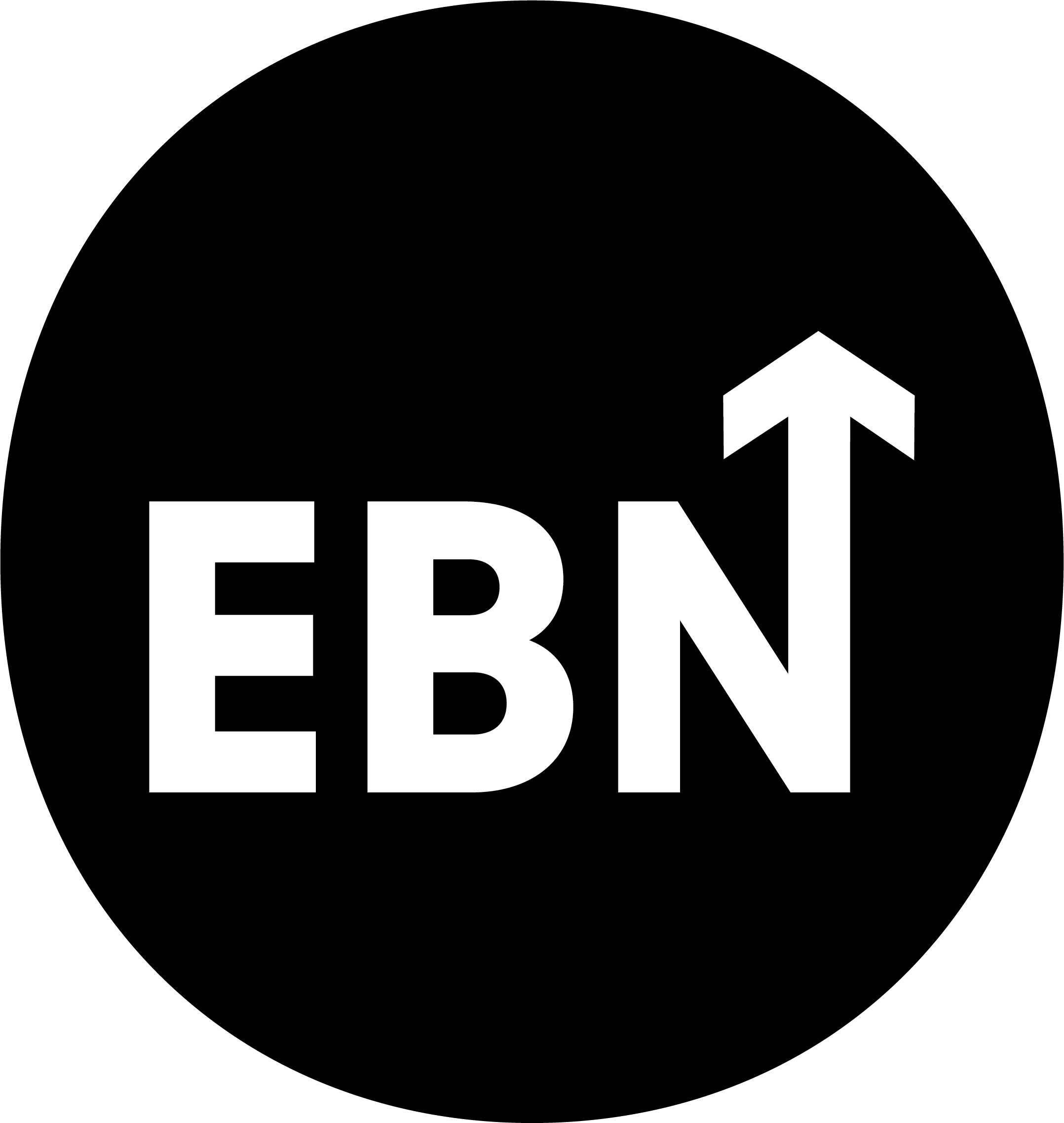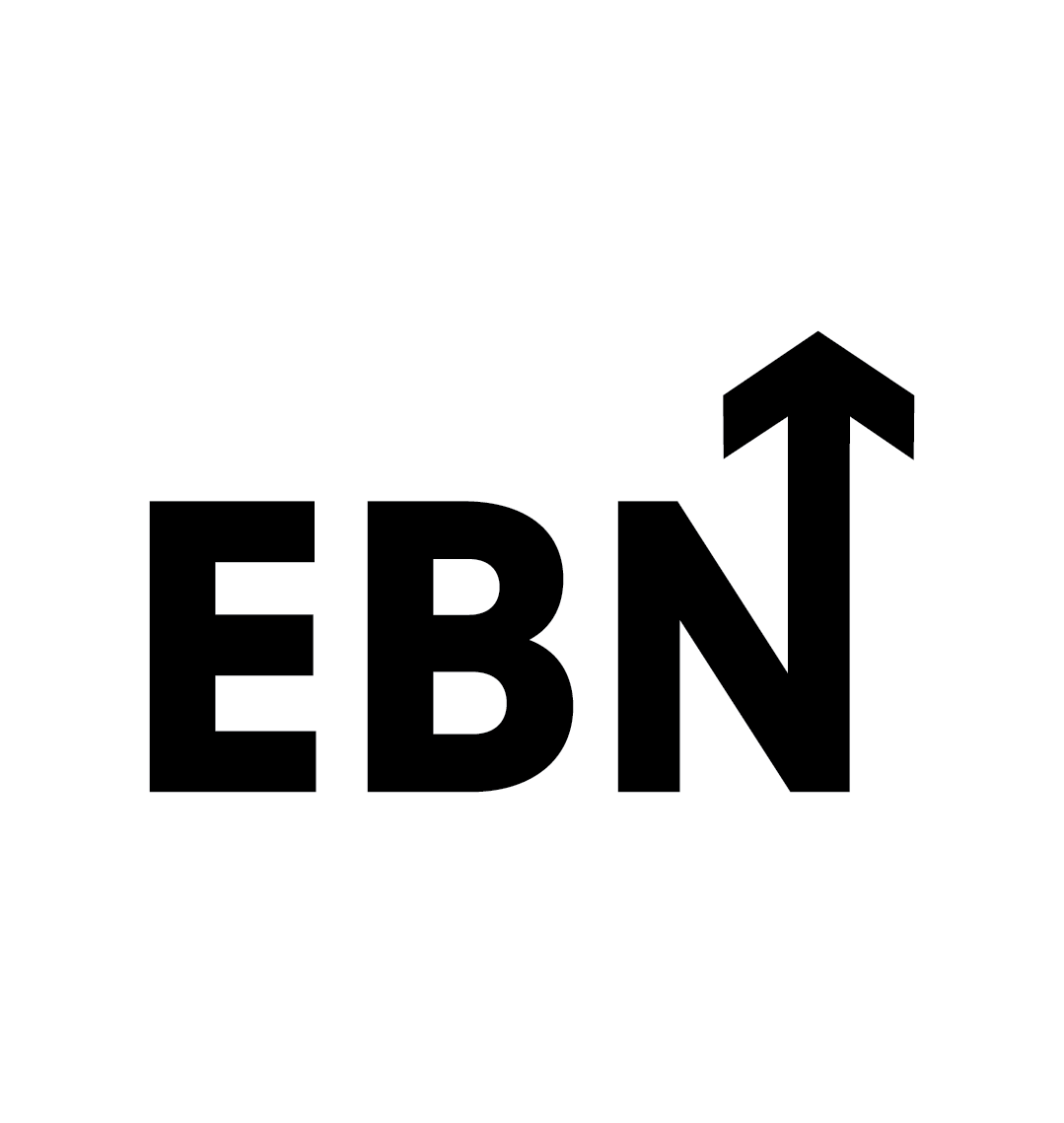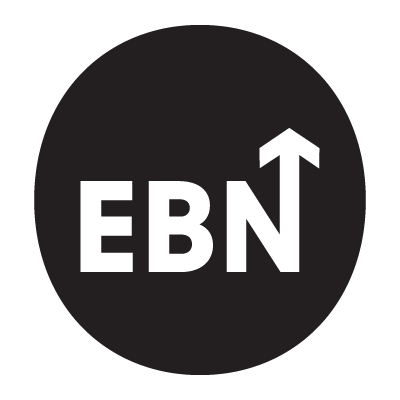If hiring were fishing, many companies think they found a magical spot where fish jump into the boat. Then they check the net and discover it is mostly seaweed.
Headlines trumpet layoffs. LinkedIn is awash with “Open to Work” profiles. Think pieces on “job hugging” say workers are clinging to their seats. Conventional wisdom says this equals an employers’ market. The truth is messier. Applicant volumes are up in many segments, yet critical skills remain scarce and candidate trust is brittle. Treat this like a buyer’s bonanza and you risk a long, expensive hangover. (WIRED)
Momentum isn’t always progress, especially when you always end up back where you started.
Fathom helps you escape the loop. With insight, not intuition.
TL;DR answer
Yes, there is a role for employer branding. No, it is not optional. In high-competition channels, brand is your quality filter. In scarce-skill markets, it is your only differentiator. When the market turns, how you behaved in the lean times becomes your conversion rate. (go.manpowergroup.com)
A quick read on the market, minus the spin
- Applications are flooding in
UK applications per job averaged 48.7 in November 2024 on one large ATS, up 286 percent year over year. Graduate roles averaged roughly 140 applications per vacancy in 2024, up 59 percent year over year. Australia’s SEEK reports record applications per ad. Volume is real. Fit is another story. (tribepad.com) - Layoffs are real, brand damage lingers
Glassdoor’s analysis shows ratings fall after layoff announcements and stay lower for a year. They only begin to recover in year two and still may not be back to baseline after 24 months. Higher-rated companies take a bigger hit. (hrdive.com) - It is not a uniform employers’ market
United States: one unemployed person per job opening in July 2025. United Kingdom: job postings are 22 percent below pre-pandemic levels, yet the ratio is still about 2.2 unemployed per vacancy, tighter than long-run averages. Euro area: vacancy rate 2.2 percent in Q2 2025, down from 2.6 a year earlier but far from slack. The picture is nuanced by role and region. (Bureau of Labor Statistics) - Job hugging is real, and it cuts both ways
Workers are prioritising job security over ambition, which means more passive and sceptical candidates. Your channel mix and message must change. (The Independent) - Trust remains the hard currency
“My employer” remains highly trusted relative to other institutions. That means your conduct and communications around workforce decisions shape both consumer and candidate behaviour. (edelman.com)
Helping HR, talent acquisition, employer branding, and company culture professionals find careers worth smiling about.
Table 1. 2024–2025 labour market snapshot
| Region or signal | Latest read | What it means | Source |
|---|---|---|---|
| US unemployed per job opening | 1.0 in July 2025 | Demand is cooler than 2022–2023 peaks, but not weak | (Bureau of Labor Statistics) |
| UK unemployed per vacancy | 2.2 in July 2025 | Tighter than long-run average of 2.8 despite fewer postings | (Indeed Hiring Lab) |
| Euro area vacancy rate | 2.2% in Q2 2025 | Fewer open seats than 2024, still above pre-pandemic lows | (European Commission) |
| UK applications per job | 48.7 in Nov 2024, up 286% YoY | Volume surge increases noise in funnels | (tribepad.com) |
| UK graduate apps per vacancy | 140 average in 2024, up 59% YoY | Early-career roles are swamped | (ise.org.uk) |
| AU applications per ad | Record high in May 2024 | Even with fewer ads, competition has intensified | (HCAMag) |
| Candidate resentment | Rising year over year | Poor experience depresses re-apply, referrals, and purchases | (api.eremedia.com) |
| Boomerang hiring | 35% of March 2025 hires in Information; 45% 12-month average | Alumni are now a primary pipeline in some sectors | (ADP Research) |
So, is there a role for employer branding? Three jobs it must do now
1) Be the quality filter in a world of volume
When application volume spikes, the challenge shifts from shortage to signal. Clear, credible employer brands increase self-selection and reduce unqualified flow.
Tactics that work now
- Publish a lucid EVP and role-level value propositions. Put deal-makers and deal-breakers in plain sight to encourage opt-outs.
- Use realistic job previews, sample problems, and day-in-the-life content to discourage spray-and-pray applies.
- Show internal mobility proof and learning ladders, not only perks. Internal mobility investment has risen as firms prioritise retention. (The Guardian)
2) De-risk the move for job huggers
People will change jobs if you reduce perceived risk. That is branding’s sweet spot.
Tactics that work now
- Prioritise manager quality, stability signals, and onboarding design in your stories.
- Practice pay and process transparency. Explain how long hiring takes, how many stages, and who decides.
- Spotlight alumni and boomerang stories. In some sectors boomerangs comprise a third of new hires. Treat offboarding as pre-boarding for 2026. (ADP Research)
3) Protect reputation equity during layoffs
You cannot optimise your way out of reputational math. The way you handle reductions predicts two years of brand health.
Positive models
- Airbnb’s 2020 letter set a benchmark for clarity, support, and dignity.
- Stripe’s memo took ownership and specified severance and mistakes.
Cautionary tales
- Coinbase rescinded signed offers at scale in 2022 and took a public beating that echoed through talent networks.
- Better.com’s mass Zoom layoff became a case study in what not to do.
Momentum isn’t always progress, especially when you always end up back where you started.
Fathom helps you escape the loop. With insight, not intuition.
How employer branding and talent attraction teams should operate now
Governance and goals
- Tie EB to conversion and quality, not just impressions. Track apply-to-interview for qualified candidates, offer acceptance velocity, first-year retention, and hiring manager satisfaction.
- Co-own candidate experience with TA. Candidate resentment rose in recent benchmarks, and white-collar time to land is longer. Close loops, give timely noes, and measure the cost of silence. (api.eremedia.com)
Content and channel strategy
- Design for self-selection. Build “Is this for you” pages per role family. Include time demands, ambiguity level, travel or on-call expectations, and success measures.
- Segment for job huggers. Address the three anxieties that block movement: stability, manager quality, and growth. (The Independent)
- Surface internal mobility. Publish internal moves, career frameworks, and genuine learning paths.
- Alumni activation. Launch or revive a formal alumni network with warm paths back. Boomerangs are a measurable, cheap source of hires. (ADP Research)
Experience and process
- Shorten the path. If you run eight interviews to hire one person, you are burning trust and losing talent. Use structured interviews, define decision owners, and set SLAs for updates.
- Offer realistic job previews. Candidates will bail early if the reality does not match the reel.
- Disclosure and dignity in tough calls. Ratings drop after layoffs and recover slowly. Treat people with clarity and reciprocity, and publish the policy. (hrdive.com)
Measurement that cuts through noise
- North stars: qualified hires per 100 applicants by role family, acceptance rate, acceptance velocity.
- Health checks: candidate resentment rate, rating trends on review sites, and alumni rejoin rates.
- Risk monitor: a monthly reputation risk review with HR, Comms, and Legal. Include a summary of workforce decisions and external sentiment. (api.eremedia.com)
Helping HR, talent acquisition, employer branding, and company culture professionals find careers worth smiling about.
Table 2. What to ship in the next 90 days
| Move | Definition | Metric to watch | Why it matters |
|---|---|---|---|
| Publish People Principles | How you make workforce decisions in plain English | Negative review rate on decision news | Trust is the currency that converts sceptical job huggers. (edelman.com) |
| Role-level “Is this for you?” pages | Deal-makers and deal-breakers per job family | Qualified apply rate | Self-selection reduces noise without starving the funnel. (tribepad.com) |
| Realistic Job Previews | 3 to 5 minute manager-led videos or sample tasks | Stage-one drop-off among qualified | Early honesty beats late attrition. |
| Alumni community refresh | Directory, events, and rehire process | Boomerang share of hires | Boomerangs are surging in some sectors. (ADP Research) |
| Candidate SLA | Update within 5 business days after any interview | Candidate resentment rate | Silence is expensive. (api.eremedia.com) |
| Layoff playbook | Public template for reductions if needed | Review sentiment delta after actions | Recovery is slower without transparency. (hrdive.com) |
Crystal ball: 12 to 24 months
- Bifurcated market. Entry-level and generalist roles remain crowded. Experienced specialists in cyber, data, and certain engineering domains stay tight. The global cyber workforce gap remains in the millions, which keeps conversion low without credible proof of work. (isc2.org)
- Skills first, titles second. Evidence of capability beats pedigree. EB that showcases real work samples and learning ladders outperforms.
- Brand debt comes due. Employers that rescinded offers or handled layoffs poorly will pay in time-to-fill and offer acceptance. Recovery is measured in years, not weeks. (hrdive.com)
- AI everywhere. Sourcing and screening accelerate, and volume rises. Differentiation shifts to human proof: team quality, leadership trust, clarity of mission. Recruiters will keep battling AI-generated applications with more structured selection. (WIRED)
- Boomerang loops mature. Alumni programs turn into strategic rehire engines in sectors with volatile cycles. (ADP Research)
Case references and examples
- Airbnb, 2020. Clear criteria, generous support, and radical transparency became the standard many still cite. (Airbnb Newsroom)
- Stripe, 2022. Ownership of mistakes plus specifics on severance and recruiting reset. Useful artefact for your own playbook. (Stripe)
- Coinbase, 2022. Rescinded offers created reputational drag among high-signal candidates. The long tail lasted well beyond the crypto winter. (WIRED)
- Better.com, 2021. The Zoom layoff that launched a thousand cautionary slides. (Forbes)
Sidebar: that green ring on LinkedIn
Multiple outlets report that LinkedIn’s “Open to Work” increases recruiter outreach. Reports consistently cite around a 40 percent uplift. Treat it as a visibility nudge, not a silver bullet. Your message and proof still do the heavy lifting. (sea.peoplemattersglobal.com)
Actionable checklist for EB and TA
- Publish your People Principles and stick to them.
- Create alumni pathways with an actual budget and owner.
- Replace EVP slogans with role-level “skill stories” and evidence.
- Make candidate updates an SLA. Five business days after any interview. (api.eremedia.com)
- Add a structured job preview or work sample to your top five roles.
- Instrument the funnel. Report qualified rate and acceptance velocity as headline metrics.
- Pre-write a layoff comms pack you hope never to use. It is cheaper than emergency PR. (hrdive.com)
Conclusion
If this is an employers’ market, it is a short one. The cycle will flip, and your brand memory will not. Treat employer branding as discipline, not décor. When hiring heats up, the organisations that stayed human, transparent, and specific will hire faster at lower cost. Everyone else will be paying interest on brand debt.
Takeaways
1) Is it really an employers’ market?
Partially. Applications per role are up, yet specialist skills remain tight and vacancy rates are elevated by historical standards in many places. Volume does not equal fit. (tribepad.com)
2) Does employer branding still matter during a slowdown?
More than ever. It filters noise, preserves trust, and protects future hiring velocity. Recovery after layoffs is slow without it. (hrdive.com)
3) What should EB teams prioritise this quarter?
Candidate SLAs, skill stories for priority roles, alumni pathways, and a one-page “market weather” update by job family. (ADP Research)
4) How should TA change day-to-day?
Less volume chasing, more signal. Structured previews, skills evidence, fast noes, and ownership of experience. (api.eremedia.com)
5) Which KPIs prove EB works now?
Qualified apply rate, offer acceptance rate and velocity, first-year retention, candidate resentment rate, and review sentiment deltas. (api.eremedia.com)
6) What if layoffs are unavoidable?
Publish the logic and the support. Use the Stripe and Airbnb artefacts as guides, not gloss. Expect rating drops for at least a year. (Stripe)
7) Will damage done now last when the market flips?
If ignored, yes. If owned and repaired, less so. Boomerang channels will matter and trust will compound for those who acted with care. (ADP Research)
Market Weather Report for Hiring 2025
Market Weather by Role Family
More CVs does not equal more fit. Use this snapshot to align hiring managers on where the market is hot, cold, or just noisy.







